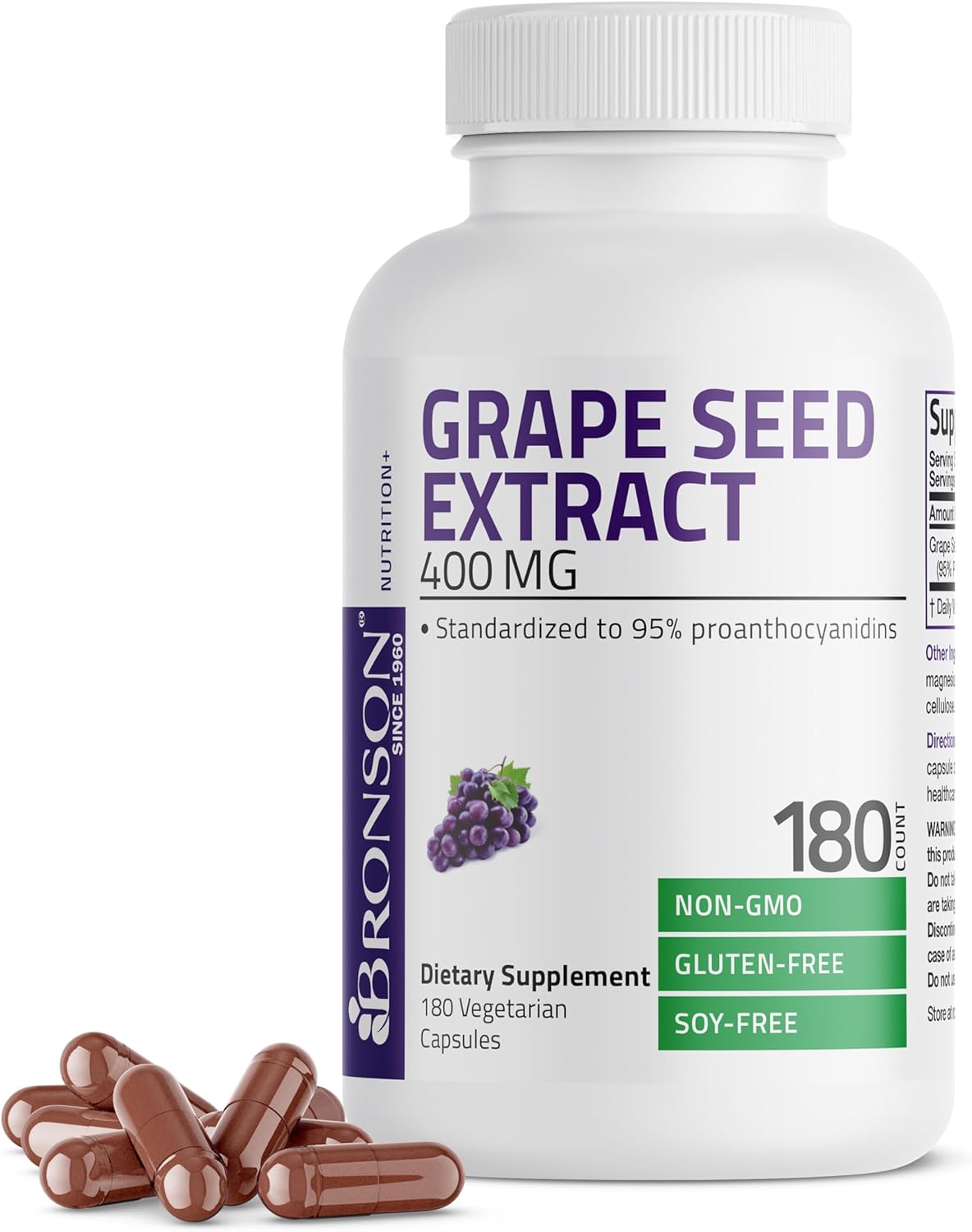Can you take Flax Oil and Omega-3 Fatty Acids together?
Interaction Details
Taking Flax Oil and Omega-3 Fatty Acids together has the potential for great synergy as both are rich in omega-3 fatty acids, suggesting a rating of 5 out of 5.
Both Flax Oil and Omega-3 Fatty Acids are rich in omega-3 fatty acids, particularly alpha-linolenic acid (ALA) in Flax Oil and eicosapentaenoic acid (EPA) and docosahexaenoic acid (DHA) in Omega-3 Fatty Acids. The synergistic effect is achieved through their combined anti-inflammatory properties and support for heart health. ALA, EPA, and DHA work together to reduce inflammation, improve heart health, and support brain function. The combination may enhance the conversion of ALA to EPA and DHA, although the body's conversion rate of ALA to EPA and DHA is generally considered to be limited.
Potential Benefits
Potential Risks
Flax Oil
Flax Oil is a dietary supplement extracted from the seeds of the flax plant, rich in omega-3 fatty acids, particularly alpha-linolenic acid (ALA).
Omega-3 Fatty Acids
Omega-3 Fatty Acids are essential polyunsaturated fatty acids that the human body cannot produce on its own, playing a crucial role in various bodily functions, including heart health, brain function, and inflammation regulation.
